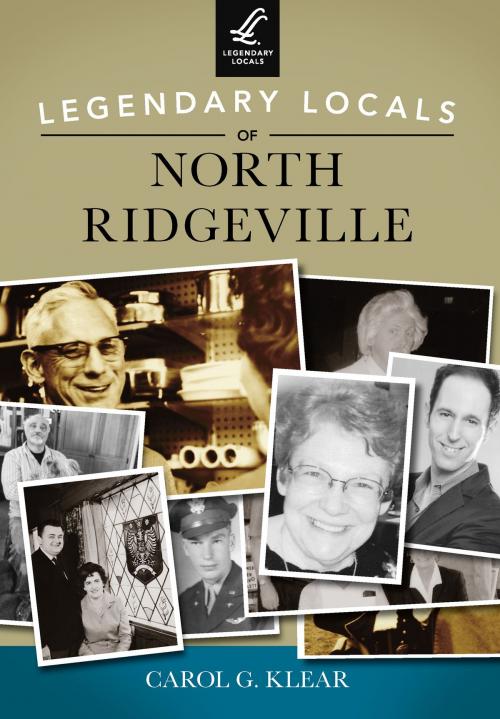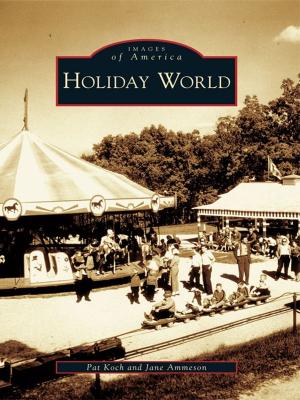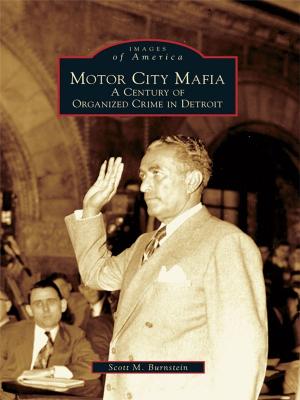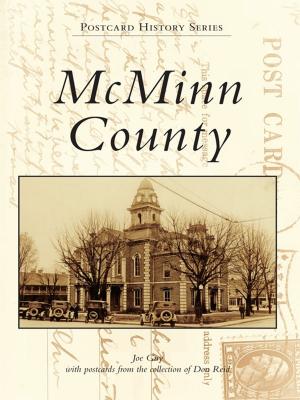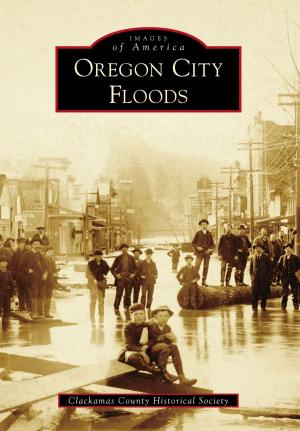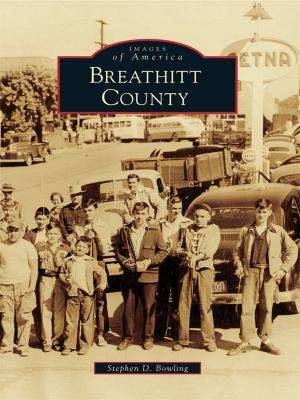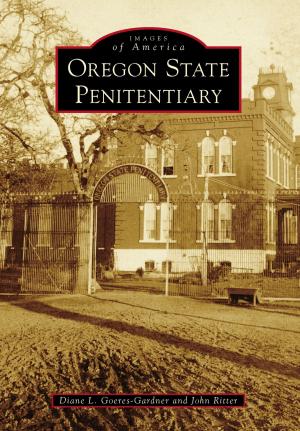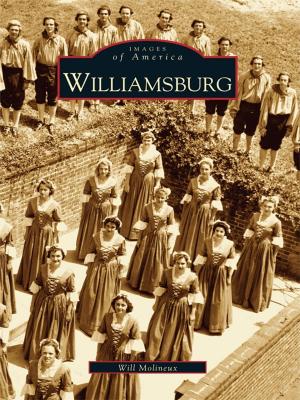Legendary Locals of North Ridgeville
Nonfiction, Art & Architecture, Photography, Pictorials, Travel, History, Americas, United States| Author: | Carol G. Klear | ISBN: | 9781439646199 |
| Publisher: | Arcadia Publishing Inc. | Publication: | July 14, 2014 |
| Imprint: | Legendary Locals | Language: | English |
| Author: | Carol G. Klear |
| ISBN: | 9781439646199 |
| Publisher: | Arcadia Publishing Inc. |
| Publication: | July 14, 2014 |
| Imprint: | Legendary Locals |
| Language: | English |
It was 1810 when a group of men from Connecticut roved west to Ohio, establishing the first permanent settlement in what became North Ridgeville. Led by David Beebe Sr., they foraged for food and shelter. The pioneer spirit of the aggregation sustained them and others who followed. Farming provided sustenance and many farms including those owned by the Solomons, Gerharts, and others have continued the tradition. Education was greatly respected and 10 school districts became part of the community�s landscape. An early school still stands on Jaycox Road, where retired teachers Julie Bajda and Barb Sutton reenacted the roles of teachers from earlier times. The former Buffalo Trail became Center Ridge Road, the city�s main thoroughfare, and, in 1960, the township developed into a city governed by a mayor, council, and various department heads. Businesses, such as Buescher�s Hardware and the Bogner Funeral Home opened and remain today. Groups of residents cultivated interests into organizations with a goal of working together seamlessly for the good of the community.
It was 1810 when a group of men from Connecticut roved west to Ohio, establishing the first permanent settlement in what became North Ridgeville. Led by David Beebe Sr., they foraged for food and shelter. The pioneer spirit of the aggregation sustained them and others who followed. Farming provided sustenance and many farms including those owned by the Solomons, Gerharts, and others have continued the tradition. Education was greatly respected and 10 school districts became part of the community�s landscape. An early school still stands on Jaycox Road, where retired teachers Julie Bajda and Barb Sutton reenacted the roles of teachers from earlier times. The former Buffalo Trail became Center Ridge Road, the city�s main thoroughfare, and, in 1960, the township developed into a city governed by a mayor, council, and various department heads. Businesses, such as Buescher�s Hardware and the Bogner Funeral Home opened and remain today. Groups of residents cultivated interests into organizations with a goal of working together seamlessly for the good of the community.
